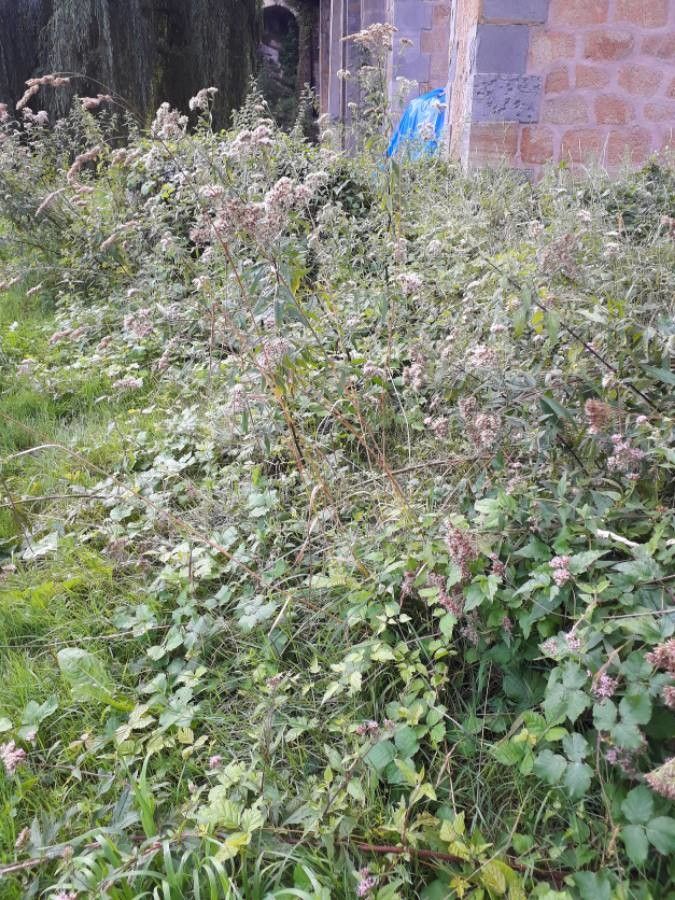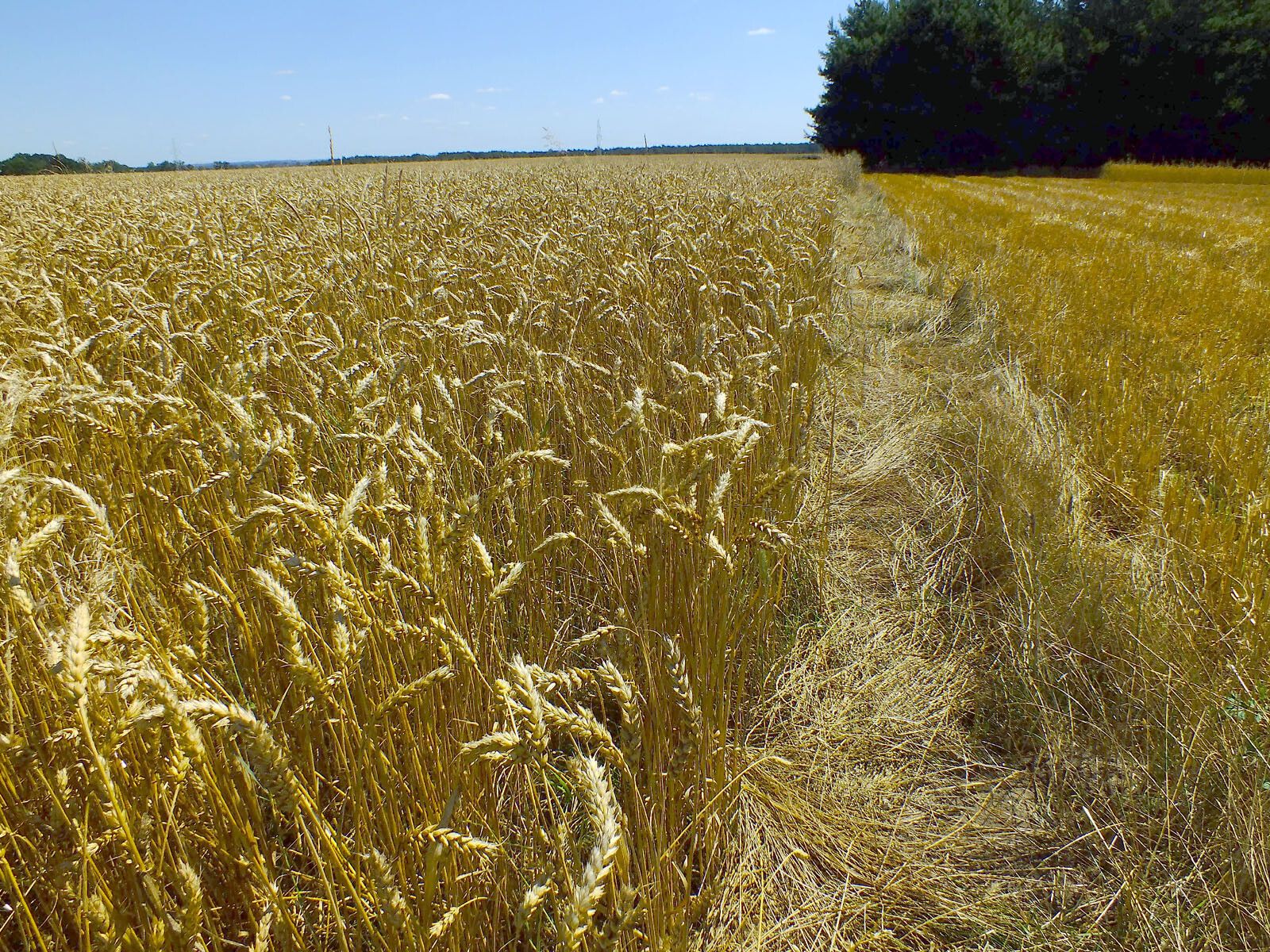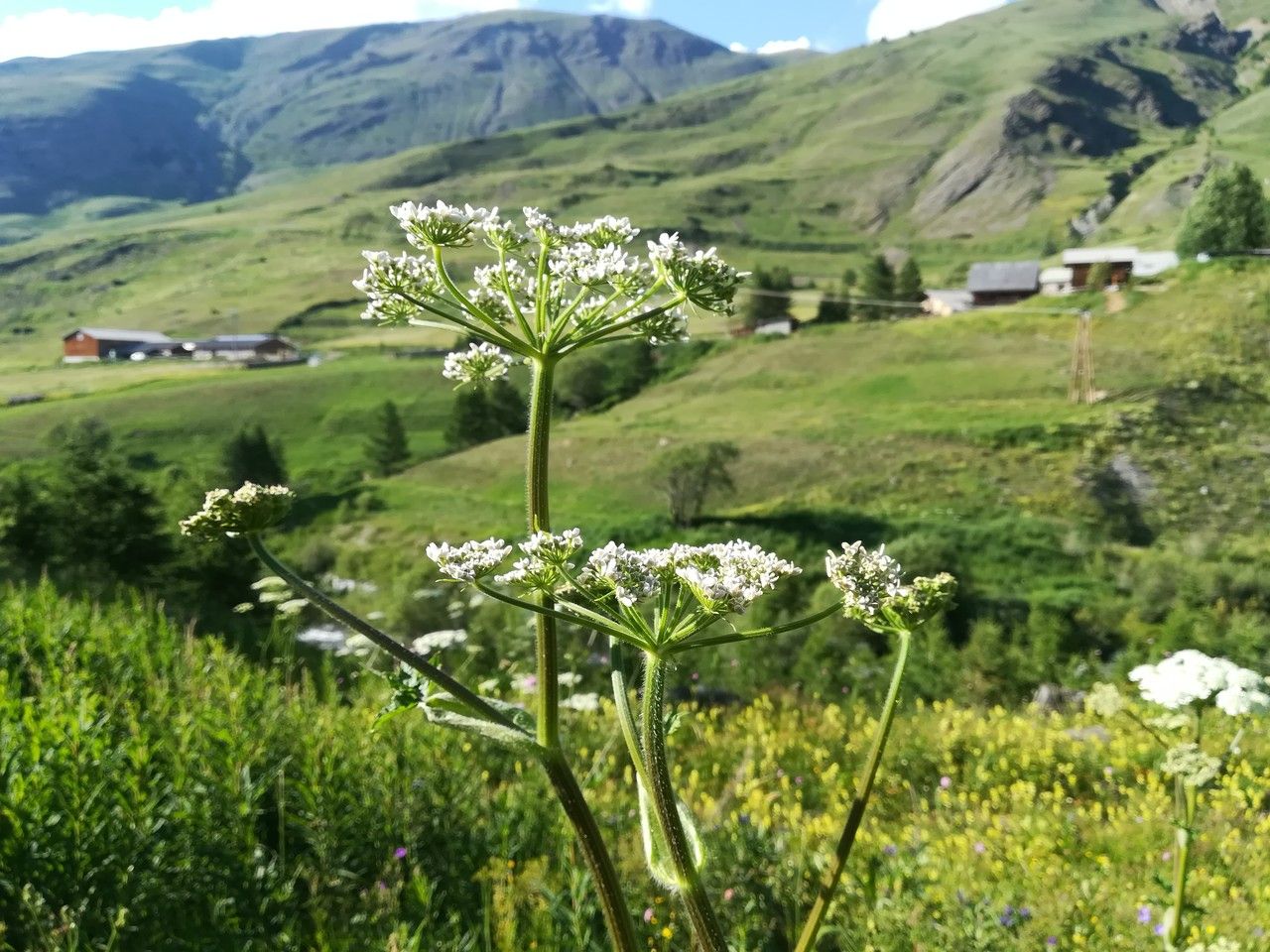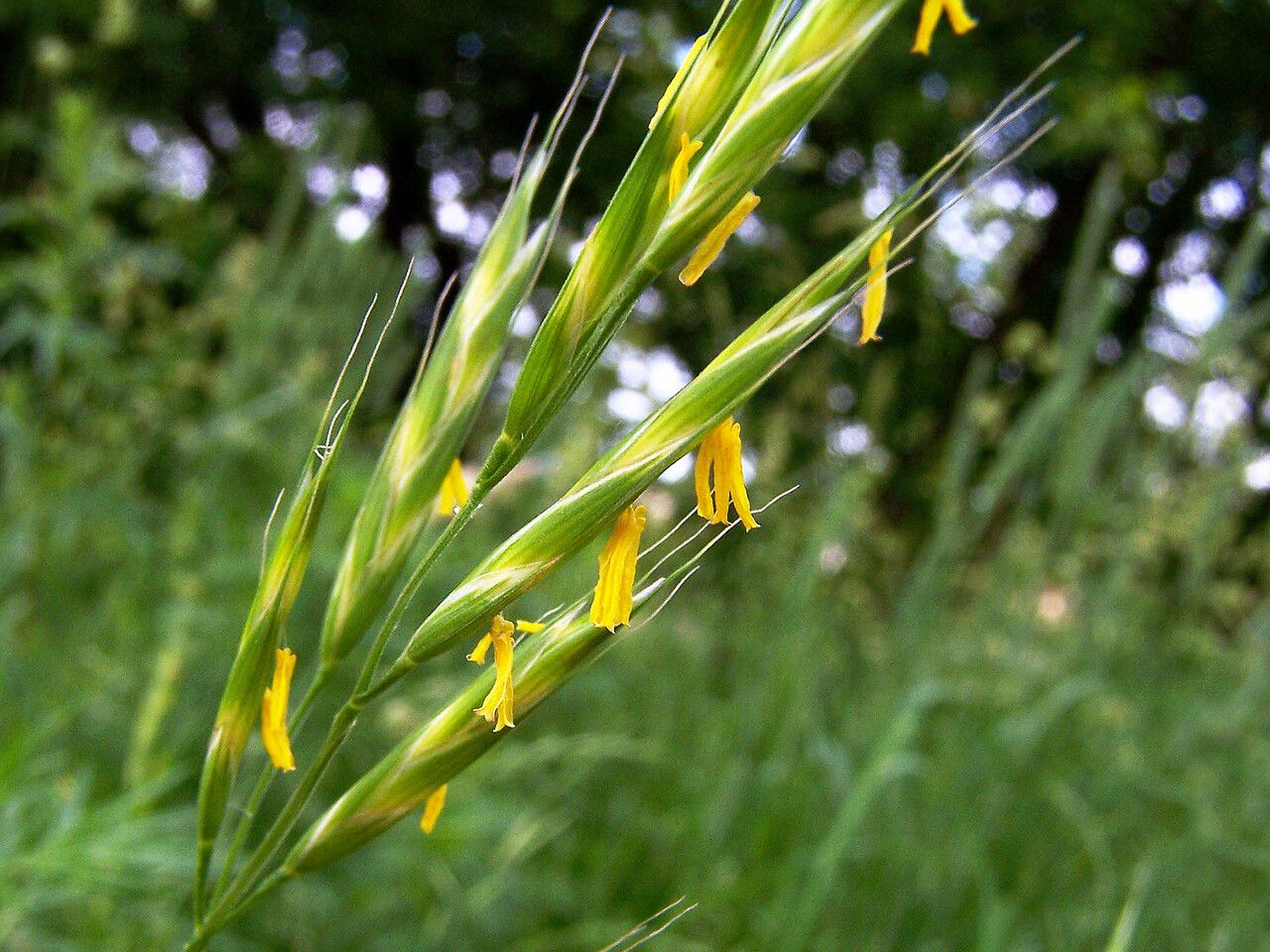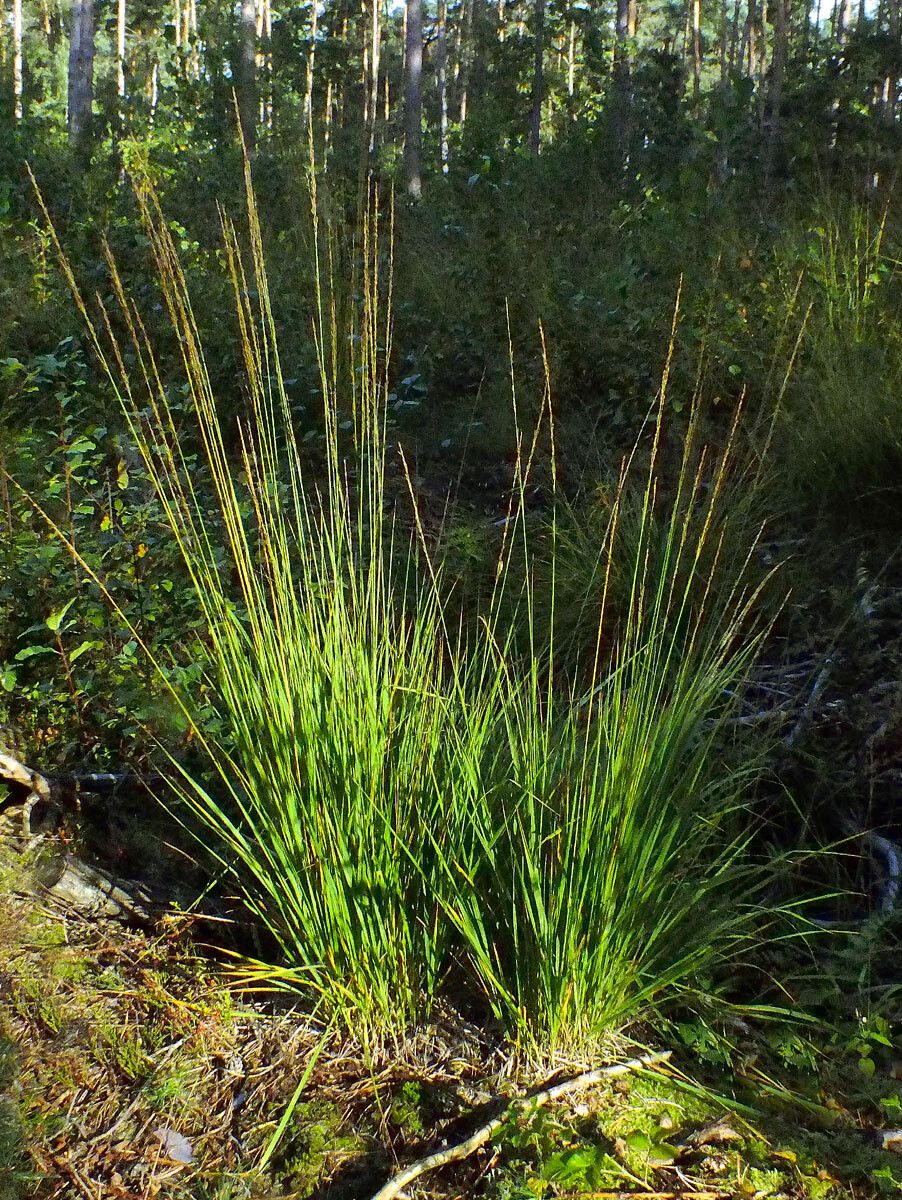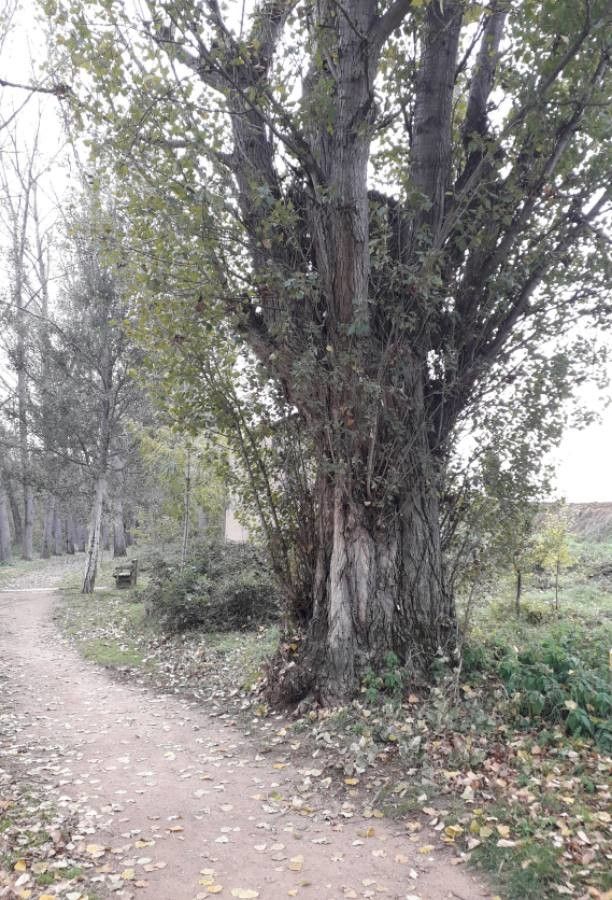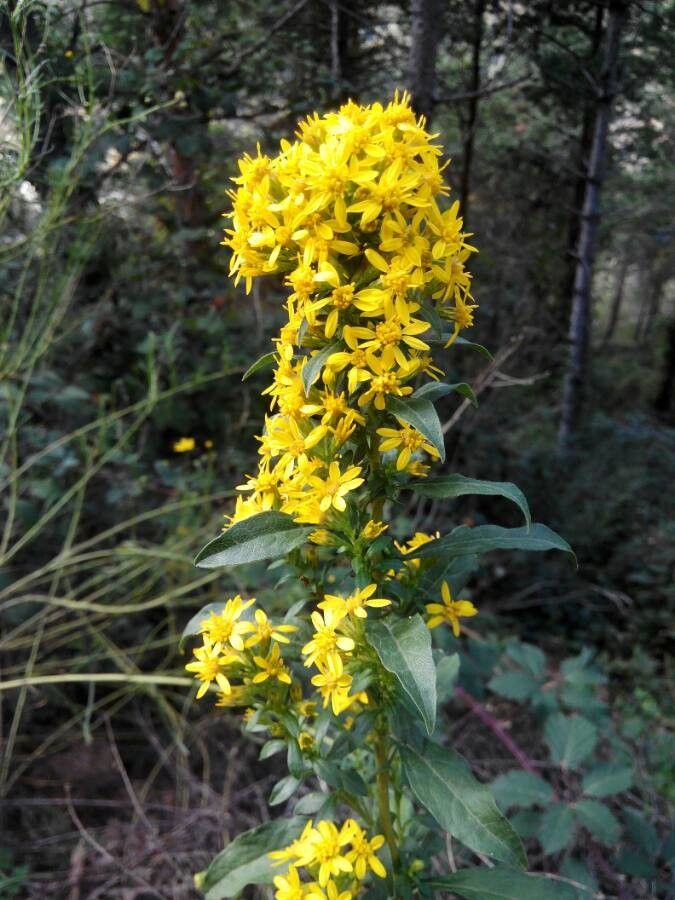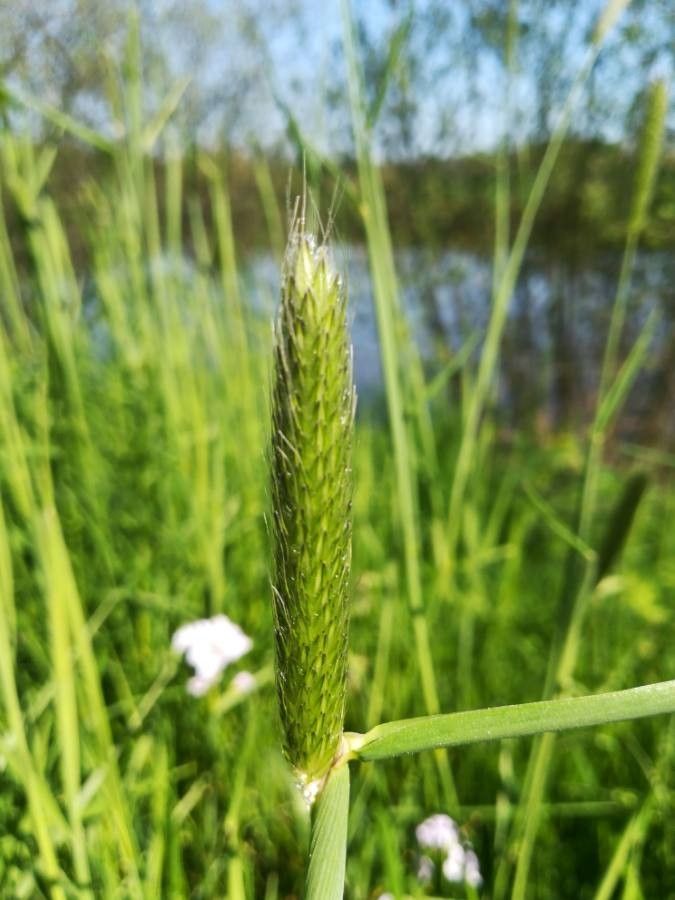Common plantain
Don’t let “Common plantain” fool you – it’s anything but ordinary! This humble weed, often found underfoot, is a surprising healer. Its leaves soothe cuts and stings, and it’s a vital food source for insects. Plantain also helps improve soil health. Look closely and you’ll see its unique seed heads, rising like miniature skyscrapers, a … Read more


